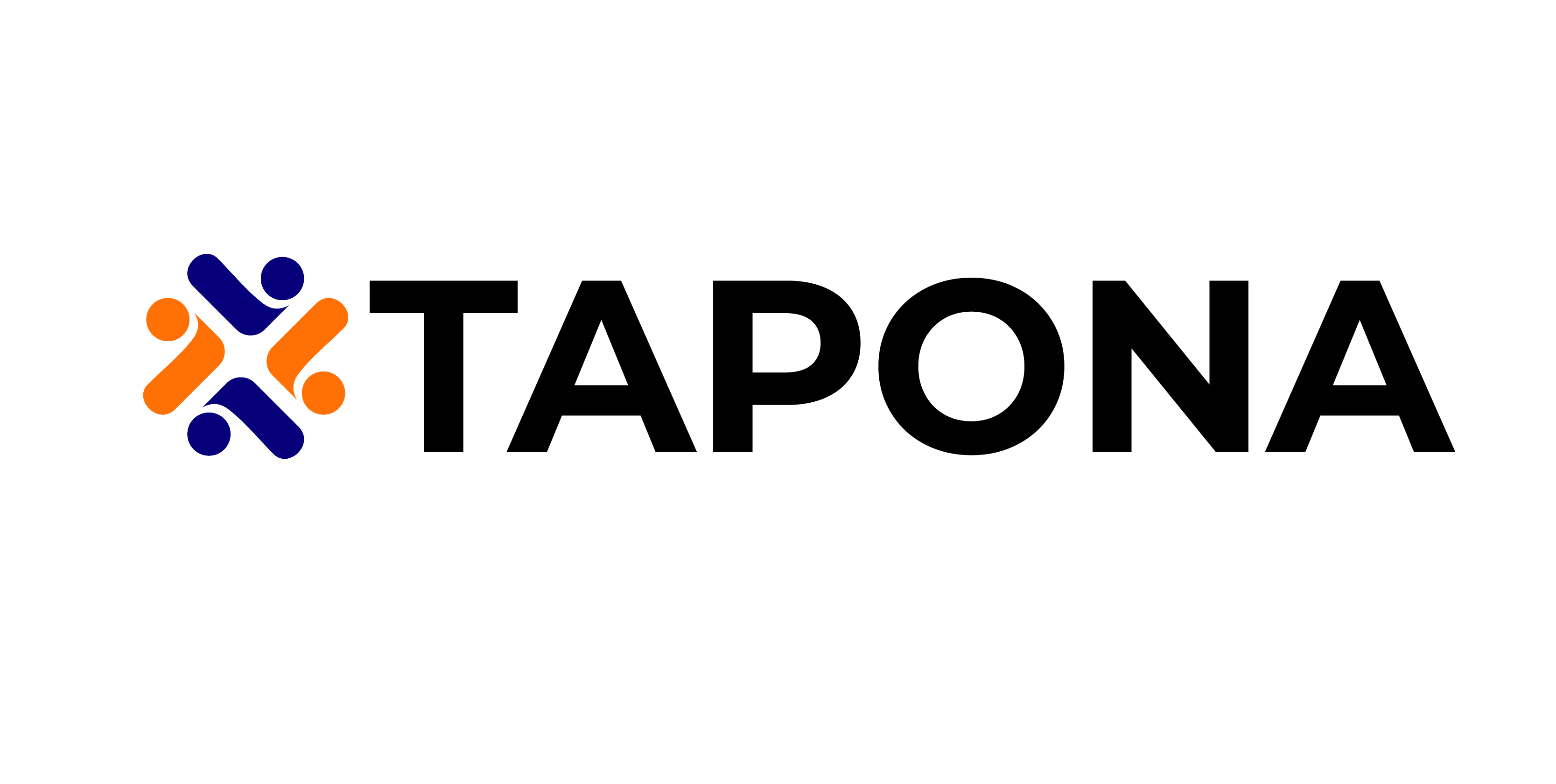Data Analytics for Small Businesses
Data analytics is the process of gathering and organizing data in order to find patterns.
Data analytics can be used to answer questions about your business, customers, and competitors. It’s an important part of every business because it allows you to see how your current operations work together as well as what future plans may need improvement.

Good data is clean data, meaning the data you’ve collected is correct, organized, and complete.
Good data is clean data. Clean data is the best kind of information because it’s accurate, relevant and easy to understand. It’s a good idea to start with high-quality, well-structured information so that you can make decisions based on sound facts rather than assumptions or guesses.
Here are some tips for collecting clean data:
Data sets need to be enriched with domain knowledge and relationships.
The first step to data analytics is to know what you are working with. Data sets need to be enriched with domain knowledge and relationships. Domain knowledge is the knowledge of a particular subject or area of expertise, while relationships are connections between data points that allow you to understand how your dataset relates to other datasets in your company. For example, if you have customer service reps who provide customer support calls per month on average, then this information can be used as part of an analytical model (like churn) because it’s related directly back into the product itself: more frequent calls means more likely customers will churn later down the road!
This method allows us as marketers/analysts/data scientists to access all these different factors through one simple equation instead of having them scattered around several separate sheets like before.
Once you have good data sets that are enriched with relationships you can use it to answer questions that a small business would have.
For example, let’s say your business is growing and has been in business for 3 years but hasn’t had any advertising budget to spend on Google Adwords or Facebook Ads. You could potentially use analytics tools like Google Analytics or Facebook Insights to track how many people visit your website each month and where they’re coming from (i.e., search engines). From there, you could use this information along with other metrics such as click-through rates (CTRs) and conversion rates (CRs), which are indicators of how well an ad campaign performed at driving conversions on potential customers’ web browsers—this way you’ll know if an ad campaign was effective at converting visitors into customers!
The first step in assessing results is choosing your success metrics.
Metrics should be specific, attainable and relevant for your business. Metrics should also be time-bound (such as a quarter or year), so that you can see whether or not they are improving over time. The best way for any metric to be measurable is if there’s some way of comparing its results against another metric; otherwise, it isn’t really worth tracking at all!
After choosing your success metrics, try out a few different approaches to see which works best for your goals.
When it comes to analytics, there are a lot of different approaches. Some people like to use the data that’s already available in their business and look at trends over time. Others prefer to start from scratch and try new things out.
It’s important to keep an open mind when trying different approaches; you may find that one works better than another for your goals. For example: if you want to increase sales by 20%, then focusing on things like customer satisfaction seems like a good idea—but if you don’t have much information about what makes customers happy (or unhappy), then this might be difficult because it relies on subjective data rather than hard numbers like revenue or cost per unit sold.
Small businesses can use data analytics to get insights about their customers and their competitors.
Data analytics can help you understand your customers, competitors and your business. You’ll be able to see what they are doing, how they behave and why. Knowing this information can help you make better decisions about how to run your business and grow it in the future.
Conclusion
Data analytics is a powerful tool for businesses small and large. By gathering, organizing and analyzing the information that you have about your customers, competitors and more, you can use it to make better decisions about what products should be made, how they should be marketed or even how much money to spend on advertising. With this kind of data in hand, it’s now possible for even small businesses like ours at Data Analytics For Small Businesses (DASB).
All Categories
Recent Posts
How to Create a Compelling and Easy to Implement Business Strategy for Beginning Entrepreneurs
How to Better Manage Your Money as a Business
Rabbit Keeping as an Entrepreneurial Opportunity
Tags
+0123 (456) 7899
contact@example.com

